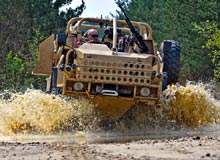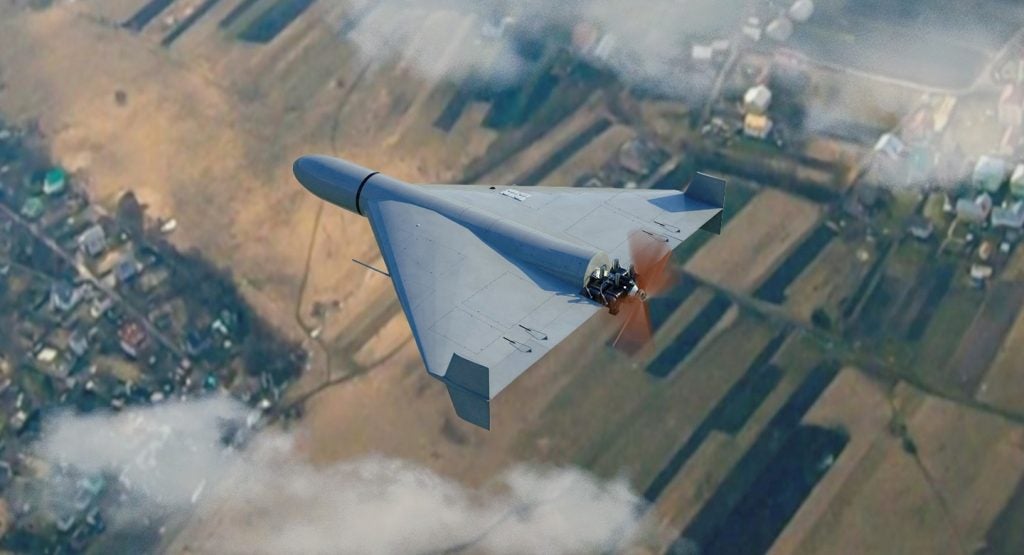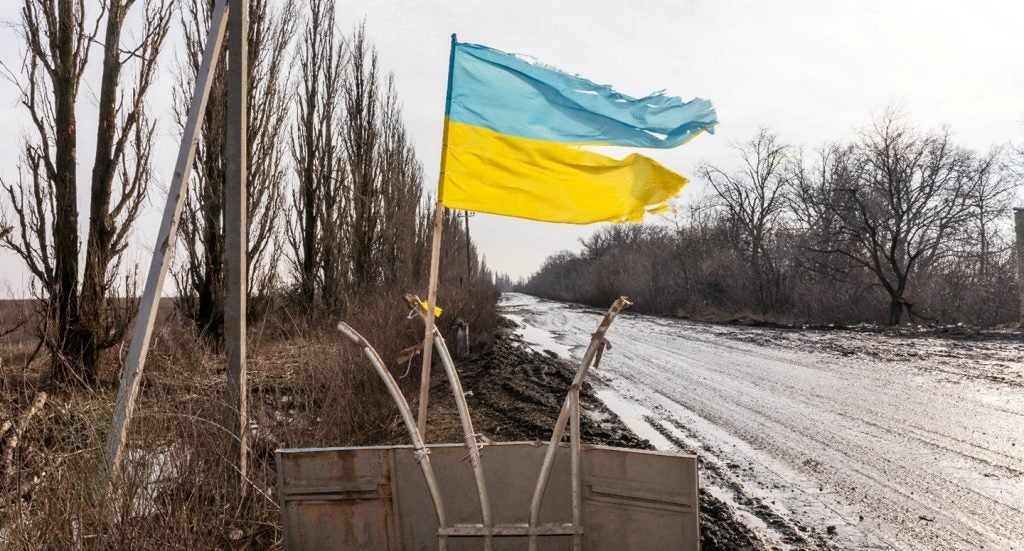
Alex Hawkes: The UK Ministry of Defence (MoD) recently ordered 110 of the Supacat-designed weapons-mounted 4×4 patrol vehicles known as Jackal 2. What enhanced capabilities do this latest-generation model offer the army’s operations in Afghanistan?
Sean Limbrick: There are a number of factors that have contributed to the improvement in performance of these vehicles. In terms of how the Jackal 2 is superior to the original design, it has a much stronger platform provided by our latest-generation chassis which offers increased capacity. When the order was first made from the MoD, the vehicle’s capacity was 6.5t but this has since risen to 7.6t, which means they can carry more fuel provisions, ammunitions and armour.
Another significant improvement is to what we call the ‘hamper’ – this is the part of the vehicle the soldiers use to operate weaponry. We have now moved the gun ring to the middle of the Coyote which has allowed for 360° fire. Before, the user was not able to fire forward for fear of the impact on the driver and commander sat in the front of the vehicle.
The vehicle’s main form of protection – be it from ballistic or improvised explosive devices (IED) – lies in its enhanced mobility and firepower.
AH: So the vehicle’s real strength lies in its ability to defend through attack?
SL: Exactly. The role of this vehicle is not to carry troops from A to B, but to engage in combat with the enemy and in order to do that the weaponry needs to be effectively configured.
How well do you really know your competitors?
Access the most comprehensive Company Profiles on the market, powered by GlobalData. Save hours of research. Gain competitive edge.

Thank you!
Your download email will arrive shortly
Not ready to buy yet? Download a free sample
We are confident about the unique quality of our Company Profiles. However, we want you to make the most beneficial decision for your business, so we offer a free sample that you can download by submitting the below form
By GlobalDataAH: And how does the design of the Jackal 2 differ to Supacat’s new 6×6 ‘Coyote’ tactical support vehicle (light) (TSV(L)), which the MoD also placed an order for?
SL: In many respects the Coyote is very similar to the Jackal 2 but it is configured in a 6×6 drive train. This means it can carry significantly heavier payloads. So whereas the Jackal 2 has a payload of 7.6t, the Coyote can carry 10.5t.
The first Jackal was originally designed in 2001 for the UK Special Forces. We have been developing that vehicle design for customers worldwide since and many of the developments made in that time have been combined on the Jackal 2.
Most of the latest developments found on the Jackal 2 are also embodied on the Coyote but at the moment the MoD has embargoed us from issuing too much information about the latter model.
AH: Were both the Jackal 2 and Coyote designed specifically with the Afghanistan terrain in mind?
SL: The terrain in Afghanistan has certainly had an impact on the later alterations of the design but neither was originally designed specifically for Afghanistan.
The ability of the vehicle to use terrain off the beaten track is, however, particularly applicable to the situation in Afghanistan. The Taliban know where there is going to be traffic and they can pre-empt military forces passing through a particular place. Obviously if you are able to take the vehicle off-track then you change the rules of engagement. The threat of IEDs or mines is therefore very much mitigated by the ability to travel off-road and at speed.
AH: What are some of the latest armouring solutions incorporated into the design of both vehicles?
SL: The armouring solutions on the Jackal 1 and Jackal 2 are very similar. We have learnt a lot from the experiences of Jackal 1 but that has only led to subtle amendments rather then any full-scale changes to the basic armouring solutions.
360° fire.”
Hard-steel armour blast plates are located throughout the vehicle’s floor and composite ballistic armour is located at the sides. As the vehicle is open in its design, the degree of protection is obviously limited by its operational use. Within that compromise, however, we have installed ballistic protection panels around the vehicle, which reduce the secondary effects of detonations.
AH: What technology has been implemented onboard the vehicles to provide soldiers in battle with updated information?
SL: There is a strong focus on communications onboard the Jackal 2 and Coyote, which unfortunately I am not allowed to talk too extensively about. The MoD has invested heavily in augmenting the vehicles with systems that enable soldiers to be updated with as much information from as many sources as possible.
At the moment they carry radio systems on many different operating levels and depending on the user, may also have other systems onboard that offer rolling maps or strategic battle information.
Supacat has been placed in charge of providing computer entry systems rather then basic data platforms onboard the latest vehicles. The MoD was originally responsible for integrating the systems onboard our vehicles, but on the Jackal 2 we have provided a data platform that ensures all systems work effectively and integrate with the vehicle.
AH: What refuelling capabilities have been incorporated into the design of the vehicles in order for them to operate in remote areas?
SL: These are primarily long-range vehicles designed for patrols. The Jackal 2, for example, carries a main fuel tank, an auxiliary fuel tank and significant space for additional jerry cans to be carried on the hamper. Cross-fuelling systems are provided on the vehicles that integrate all those options.
Depending on what supplies are carried onboard, the vehicles can generally last a full week on patrol. Essentially they can travel 700km-800km on the main tanks and then using the additional jerry cans they could last anything up to 2,000km. They operate using either diesel or jet fuel.
AH: How does Supacat plan to meet the MoD’s £55m order of 110 Jackal 2 and 70 Coyote vehicles on time and on budget?
SL: Supacat is responsible for the design, development, prototyping, integration and overall programme management. We have a strong alliance with our production partner Babcock, which is responsible for detailed production planning, purchasing and manufacturing at their Devonport dockyard facility. There is also a single project office located at Dunkeswell in Devon which provides overall control and ensures that the vehicles are being produced at the rate required.
Essentially the strength of this programme will be down to our close partnership with Babcock and we are both working towards the same end result – which is to deliver to the vehicles to the MoD in Afghanistan by the end of 2009.
Because of the timescale of this particular project, we have also tried to work around including as many of the latest improvements to the vehicle as possible. We are therefore running a constant development policy with Babcock, whereby the MoD is able to suggest minor or sometimes significant improvements to the vehicle and we will be able to respond accordingly. That level of feedback from the MoD will continue to be a prominent feature of the programme as we go forward.







